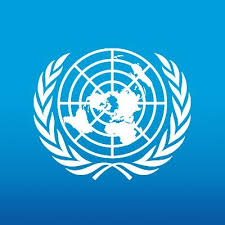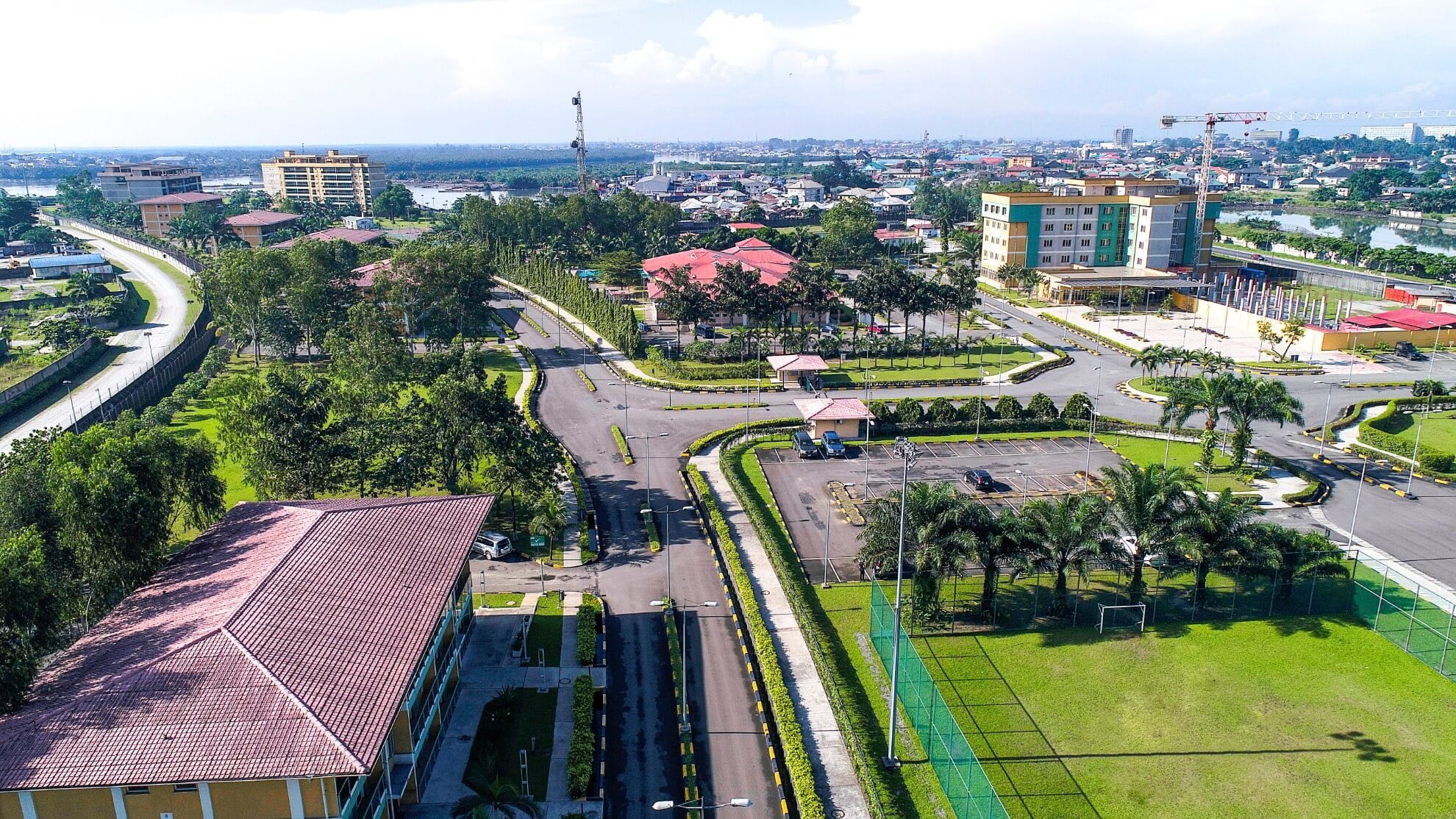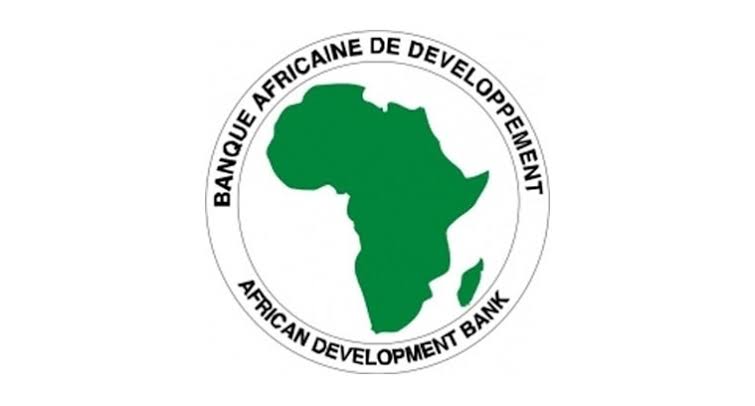The global economy is projected to grow at a modest 2.8% in 2025, according to the United Nations’ “World Economic Situation and Prospects 2025” report. Despite enduring inflationary pressures and geopolitical conflicts, the forecast highlights resilience among major economies while exposing persistent vulnerabilities.
Steady economic performances in the United States and China, alongside robust growth in India and Indonesia, are key drivers of the expected growth. However, regions like the European Union, Japan, and the United Kingdom are anticipated to experience only modest recoveries, reflecting an uneven global economic landscape.
Shantanu Mukherjee, chief of the UN’s Global Economic Monitoring Branch, described this period as one of “stable, subpar growth.” While global economic mechanisms remain functional, growth continues to lag behind pre-pandemic levels.
In the United States, strong consumer spending and public-sector investment bolstered growth to 2.8% in 2024. However, this is expected to slow to 1.9% in 2025 as fiscal stimuli diminish. Similarly, China’s growth is forecast to dip slightly from 4.9% in 2024 to 4.8% in 2025 due to structural challenges in its property sector and lower domestic consumption.
India is projected to lead global growth with a 6.6% expansion in 2025, driven by private consumption and investment. South Asia, as a region, is expected to grow by 5.7% in 2025 and 6% in 2026, solidifying its role as a global economic engine.
Europe and Japan are set for gradual recoveries after near-recessionary conditions in 2024. European growth is expected to increase incrementally, while Japan looks to rebound from prolonged economic stagnation.
Li Junhua, director of the UN’s Economic Analysis and Policy Division, highlighted Asia’s critical role in global poverty reduction over the past three decades. Strong economic growth and structural reforms in countries like China, India, and Indonesia have significantly contributed to poverty alleviation.
While the global economy has avoided a contraction, the report warns of an uneven recovery that depends heavily on the performance of a few large economies. Policymakers face mounting pressure to ensure inclusive and sustainable growth amid lingering challenges.










